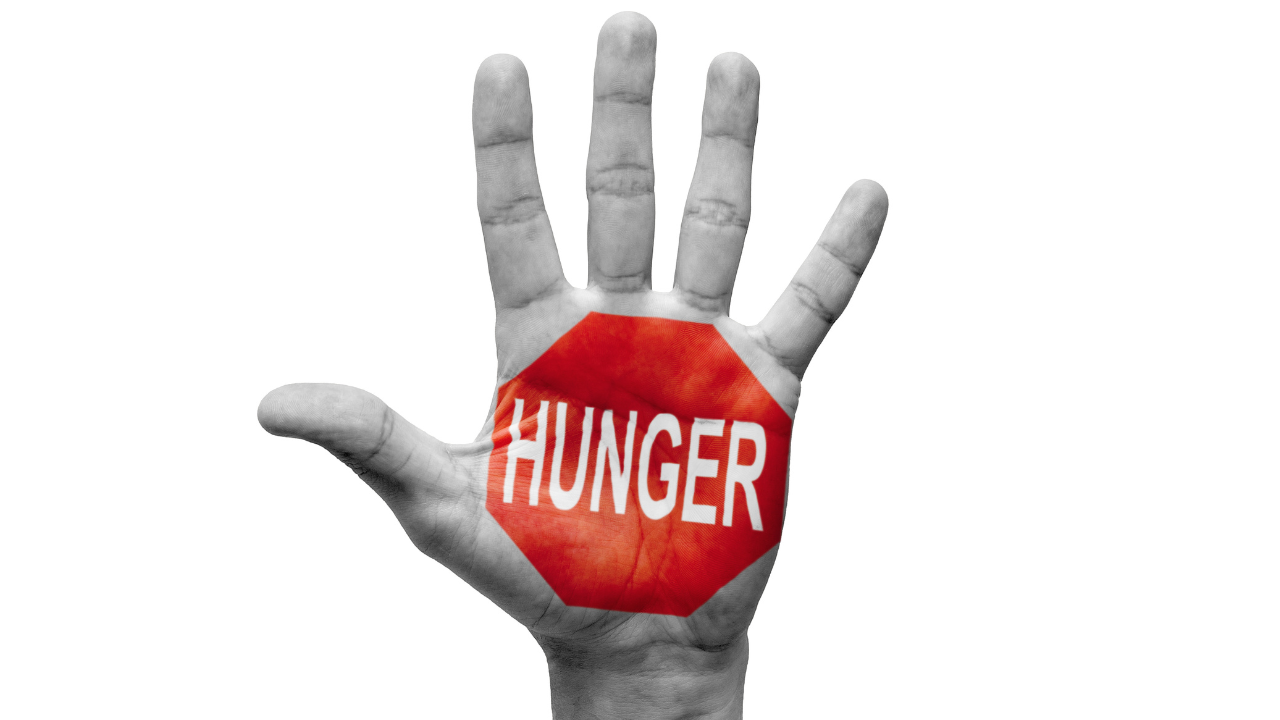
05 Dec The Seven Types of Hunger and How They Affect Type 2 Diabetes
Hunger is a natural signal designed to tell us when our body needs fuel. But in today’s world, it can often lead to overeating and health issues, especially for those managing type 2 diabetes. Understanding the different types of hunger and how to respond can help you take control of your eating habits and support your journey in reversing type 2 diabetes.
What Is Physical Hunger and How Does It Impact Blood Sugar?
Physical hunger occurs when your body genuinely needs nourishment. Signs include a growling stomach, emptiness in the abdomen, light-headedness, or irritability. Eating balanced, nutritious meals in response to physical hunger helps stabilise blood sugar and supports diabetes management.
Hormones such as Ghrelin (the “hunger hormone”), Insulin, PYY/GLP-1, and Leptin work together to signal when to eat and when to stop. Understanding these signals can help you differentiate genuine hunger from other types.

What Is Mental Hunger and How Can You Manage It?
Mental hunger arises when your mind craves specific foods or flavours, even if your body isn’t physically hungry. Triggers can include seeing, smelling, or thinking about food—like walking past a bakery or seeing a chocolate bar on the counter.
To manage mental hunger, practice mindful eating and remove cues that prompt unnecessary snacking. Choosing healthier alternatives can reduce cravings and prevent blood sugar spikes.
What Is Habitual Hunger and How Does It Affect Eating Patterns?
Habitual hunger is driven by routines rather than true need. You might feel hungry simply because it’s your usual mealtime, or because of environmental triggers like watching TV or arriving home from work.
Awareness is key. Identify habitual triggers and replace them with new routines—for example, a small portion of cheese instead of a biscuit with tea, or leaving the kitchen when not physically hungry.
What Is Nutrient Hunger and Why Does It Matter for Type 2 Diabetes?
Nutrient hunger occurs when your body craves specific nutrients. For example, leafy greens for iron or fish for omega-3 fatty acids. Being overweight or obese can sometimes coincide with nutrient deficiencies, driving overeating.
Focus on nutrient-dense, unprocessed foods to meet your body’s needs and reduce excessive hunger, which helps with blood sugar regulation and supports diabetes reversal.
Can Thirst Be Mistaken for Hunger?
Yes. Dehydration can trigger sensations that mimic hunger. To avoid confusion, drink water regularly throughout the day. If you feel hungry at an unusual time, try drinking a glass of water and wait 20 minutes to see if the hunger passes.

What Is Necessity Hunger and How Should You Respond?
Necessity hunger is eating in anticipation of future hunger, such as during long work meetings or travel. While it’s proactive, it’s important to recognise these signals and plan meals mindfully rather than overeat.
What Is Emotional Hunger and How Can It Sabotage Diabetes Management?
Emotional hunger is eating in response to emotions—sadness, anger, loneliness, or even joy—rather than physical need. It often comes on suddenly and feels urgent or overwhelming. This can lead to overeating and guilt, creating a cycle that negatively impacts blood sugar control.
Emotional hunger tends to target cravings for specific textures and flavours, not actual fullness. Recognising this type of hunger allows you to implement strategies like mindful eating, stress management, or alternative coping mechanisms, which are essential for stabilising blood sugar and supporting efforts to reverse type 2 diabetes naturally.
To learn more about tackling emotional eating, check out our dedicated emotional eating blog.
